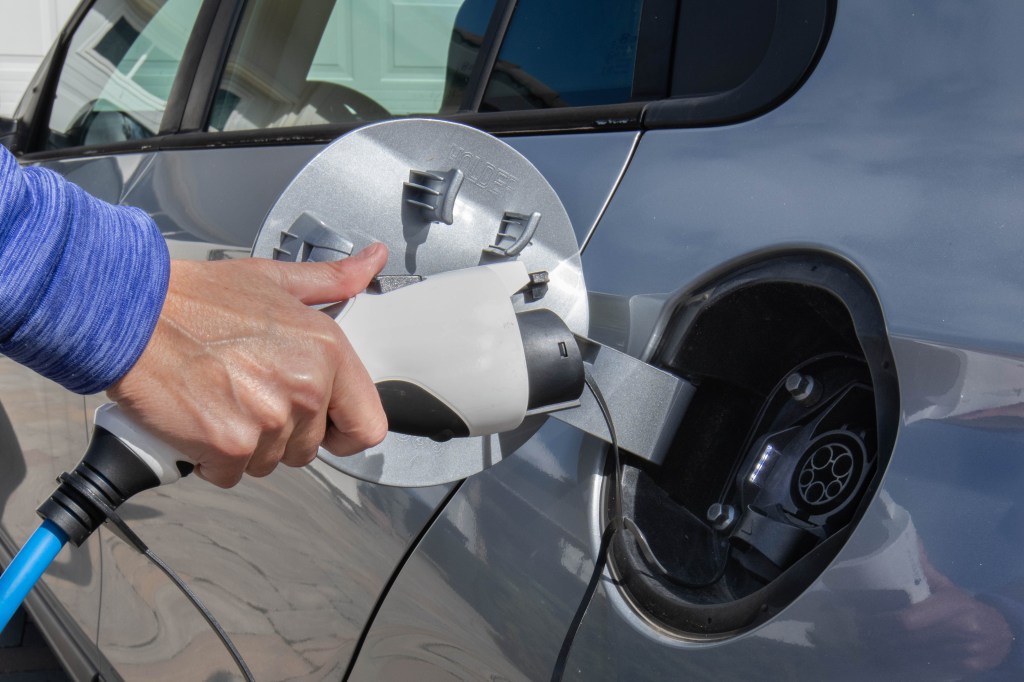

BMW, General Motors, Honda, Hyundai, Kia, Mercedes, and Stellantis are teaming up to build a large, dependable network of Level 3 charging stations across North America. The Ionna network will feature powerful 350-kWh fast chargers that can deliver electric fuel in record time. The state-of-the-art charging stations will be located along major transportation corridors to facilitate long-distance travel, removing a stubborn convenience barrier that has impeded the sale of electric vehicles. The first Ionna stations will open this year, and the company hopes to have 30,000 chargers up and running by 2030.
The proliferation of Level 3 fast chargers will be especially helpful to EV motorists on long excursions. Here in the United States, a high percentage of public chargers are poky Level 2 units that deliver alternating current at 240 volts. It takes 6-10 hours to replenish a typical EV battery when charging at Level 2, and these relatively inexpensive chargers are more appropriate for home or workplace charging, where the EV sits unused for long stretches. They are also quite useful when staying overnight at a hotel. Every EV has an onboard device that converts widely available alternating current to direct current so that it can be loaded into the battery, and home charging would not be possible without these onboard devices. Level 2 chargers have been introduced in convenient public locations because sometimes it is helpful to purchase a small amount of fuel while the EV is parked for an hour or so, but Level 2 charging is far too slow for a typical refueling stop during a long journey. Level 3 fast chargers send direct current straight to the battery at a much higher wattage, allowing a capable EV to recharge in less than 30 minutes. Level 3 charging is still considerably slower than conventional refueling, but most EV owners find the comparison with gasoline perfectly acceptable when the advantages of home charging are taken into account. Refueling an EV is a little less convenient during long trips, but home charging eliminates all trips to charging stations whenever the EV is close to home.
The seven automakers that are building the Ionna network will only succeed if they can overcome reliability issues that have plagued other electric fuel providers. Tesla’s proprietary network has a high percentage of Level 3 chargers and is known to be very dependable, augmenting the attractiveness of its outstanding EVs. Tesla is starting to open up its superior network to EVs manufactured by other automakers, but Ionna will be looking to earn its own reputation for reliability. Automakers in Europe have collaborated to create a similar network called Ionity, and that joint effort has been very successful.
Ionna will also be striving to make the overall refueling experience more pleasant than it is now, providing shelter from the elements, refreshments, and bathrooms. These amenities are usually available at gas stations, but are sometimes hard to come by when charging an EV in a parking lot. Motorists are also accustomed to paying for gasoline quickly with a credit card, but EV charging stations often have cumbersome payment procedures that vary from one provider to the next. Ionna intends to streamline the payment process and do everything it can to make charging on the go as painless as it can be. If the joint venture succeeds, it should become a lot easier to market electric vehicles.










